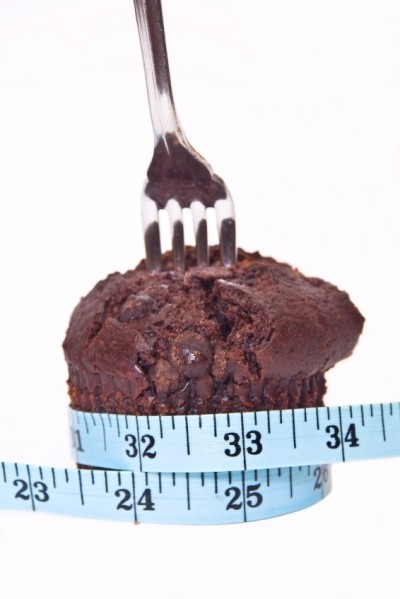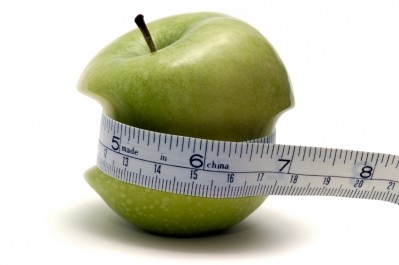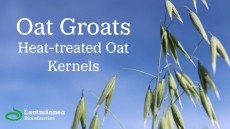Are healthy foods really more expensive? Not necessarily, say USDA researchers

Value for money often has been measured on a price per calorie basis, meaning that foods like donuts, potato chips and confectionery are cheaper per calorie than, say, broccoli or strawberries. However, according to a new USDA study, the perception that healthy food is more expensive only stands up if calculated on this cost per calorie basis.
When price per portion or price by weight is considered instead, healthier foods like vegetables, fruit, grains, and skim milk tend to be less expensive than foods high in saturated fat and sugar – which the researchers call ‘moderation foods’ – as well as many protein-rich foods, like meat, fish and poultry.
“When making food choices, consumers may need to consider the entire cost of their diets,” the researchers wrote. “Cheap food that provides few nutrients may actually be “expensive” for the consumer from a nutritional economy perspective, whereas a food with a higher retail price that provides large amounts of nutrients may actually be quite cheap.”
The researchers, Andrea Carlson and Elizabeth Frazão from the USDA’s Economic Research Service, looked at the cost of 4,439 food items by the price per calorie, per edible gram, and per average portion consumed.
Writing on the USDA blog, Carlson said: “We found that the price measure used has a large effect on which foods are more expensive.”
However she added that in terms of meeting the government’s dietary guidelines, it is most expensive to consume meet the recommendation for fruits and vegetables – because of the relatively high recommended amount.
The full study can be downloaded here.
















